-
1
- #1
human909
Structural
- Mar 19, 2018
- 2,128
Some pretty serious looking issues here.
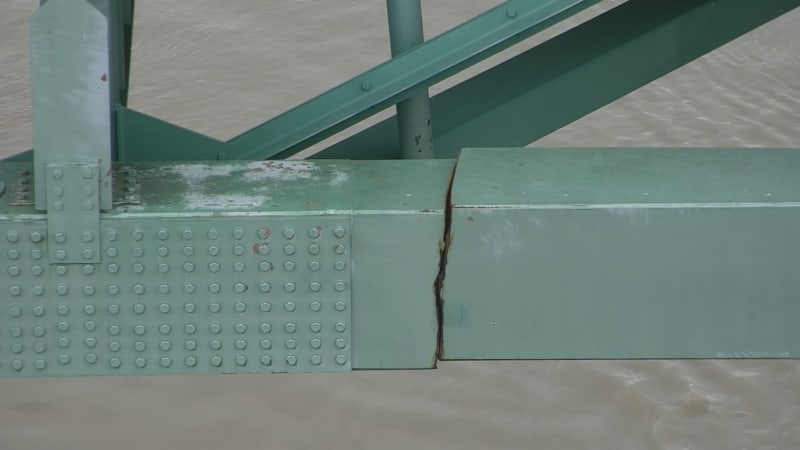
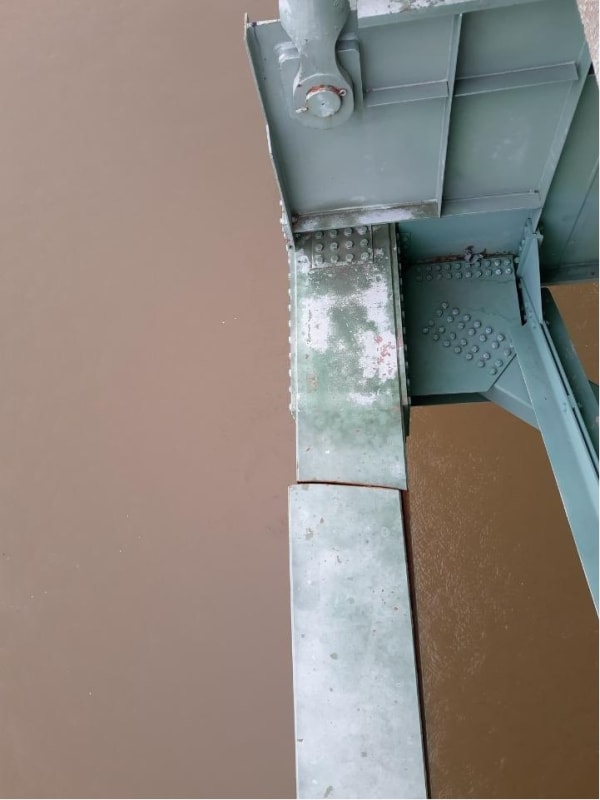
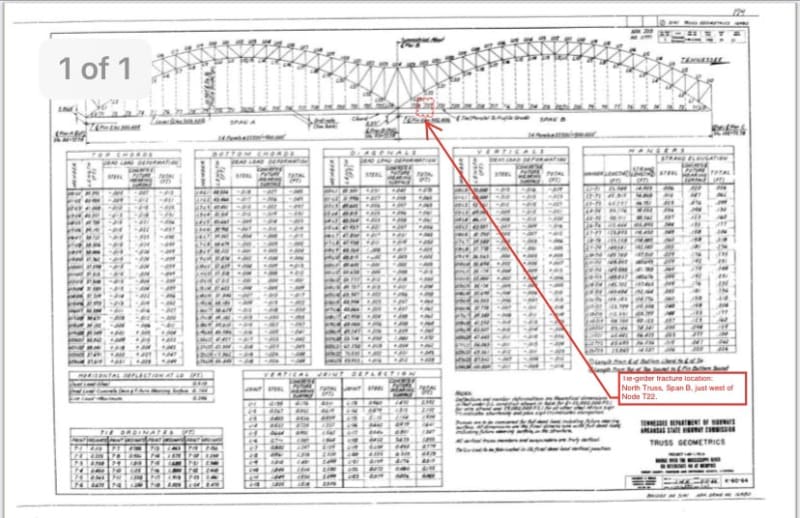



Follow along with the video below to see how to install our site as a web app on your home screen.
Note: This feature may not be available in some browsers.
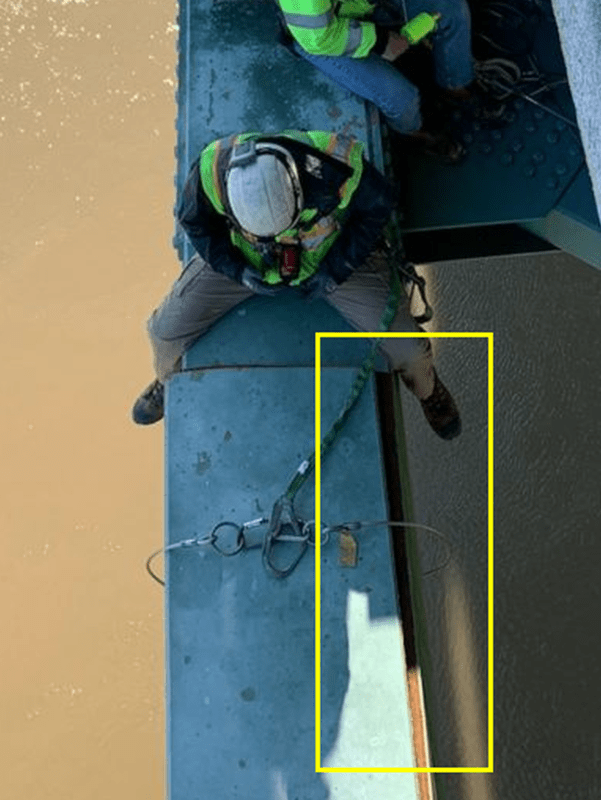
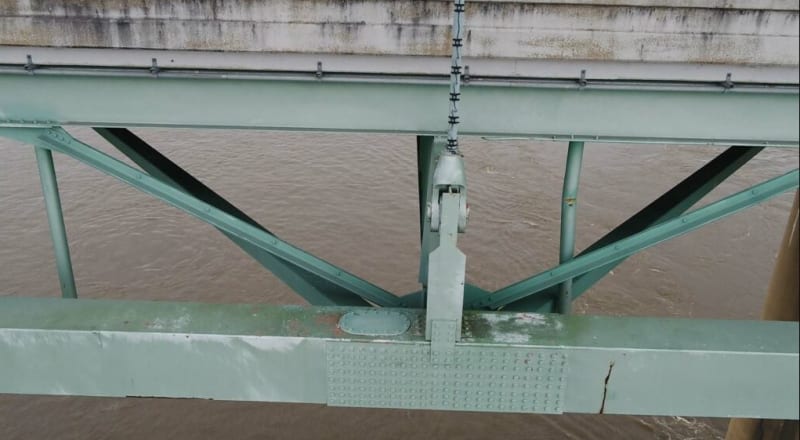
[URL unfurl="true" said:https://www.merriam-webster.com/dictionary/lorries[/URL]]
lorry noun
lor·ry | \ ˈlȯr-ē
, ˈlär- plural lorries
Definition of lorry
chiefly British
: motortruck
![[lol] [lol] [lol]](/data/assets/smilies/lol.gif)
